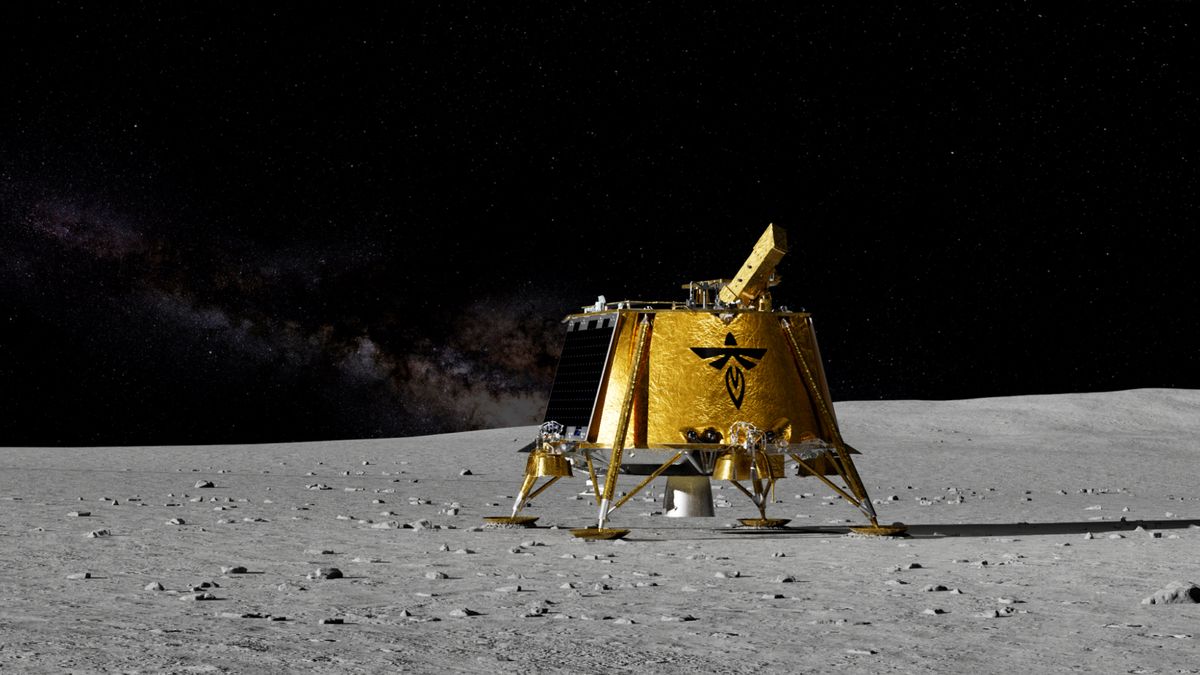Firefly Aerospace's Historic Lunar Landing
Innovations and Initiatives Innovations and InitiativesPosted by NewAdmin on 2025-03-12 09:14:08 |
Share: Facebook | Twitter | Whatsapp | Linkedin Visits: 95

In a historic milestone for commercial spaceflight, Firefly Aerospace successfully landed its Blue Ghost Mission 1 on the Moon on March 2, 2025. The mission, part of NASA’s Commercial Lunar Payload Services (CLPS) program, delivered scientific instruments and technology payloads to the Mare Crisium region. This marks a significant step forward in the role of private companies in space exploration, demonstrating the growing collaboration between governmental agencies and the private sector.
NASA commissioned Firefly Aerospace to transport payloads designed to study the Moon’s surface, including instruments for analyzing lunar regolith composition and investigating the interaction between solar wind and Earth's magnetic field. The mission aims to provide crucial data that will inform future lunar explorations, including NASA’s Artemis program, which is focused on establishing a sustainable human presence on the Moon.
One of the key innovations aboard Blue Ghost Mission 1 was the Lunar GNSS Receiver Experiment, which tested the feasibility of using GPS signals at lunar distances. If successful, this could revolutionize navigation systems for future lunar missions by providing a cost-effective alternative to deploying dedicated lunar positioning satellites.
This mission not only highlights the increasing capabilities of private aerospace firms but also reinforces the strategic importance of the Moon in space exploration. Firefly Aerospace has already secured contracts for future missions, reflecting confidence in its technology and operational expertise. As private space companies continue to push the boundaries of innovation, partnerships with organizations like NASA are expected to drive further advancements in space travel and exploration.
Search
Categories
Recent News
- Hyderabad Police Uncover RBI Scam: Beware of Fake Links
- Hyderabad Firm's Email Hacked: A Costly Lesson in Cybercrime
- Indian Schools Face a Hidden Drug Crisis
- Fake Deposit Links: RBI's Urgent Public Alert
- Hyderabad's Fight Against Drugs: A Collaborative Approach
- Hyderabad's Government Buildings Targeted: A Hoax Bomb Scare
- Senior Citizens Lose Millions in Hyderabad's Digital Scam Spree
- Hyderabad's Anti-Narcotics Drive: 11 Detained for Ganja Consumption
Popular News
- Navigating IPO Market Dynamics Amid Volatility and Regulatory Changes
- Innovative Green Practices and Environmental Initiative
- Massive Worldwide Microsoft Outage Disrupts Multiple Sectors
- తెలుగుదేశం పార్టీ - పేదరికాన్ని నిర్మూలించడంలో వాగ్దానం
- Universities Embrace Remote Learning Technologies Amidst Ongoing Pandemic